Mold, a type of fungus, exists naturally in many environments. Although many species of molds may have a black color, this feature does not imply that they are identical fungi. The most prevalent species of black mold commonly found in households is Stachybotrys chartarum. Another black mold, Exophiala, is frequently observed in homes. The former typically thrives in bathrooms or near windows, while the latter is often found in dishwashers.
These fungi produce many spores that can effortlessly penetrate the respiratory tract. They can emit mycotoxins. According to experts, black mold in a room may cause symptoms congruent with a runny nose, sore throat, wheezing during breathing, burning eyes, and skin lesions. However, individuals with asthma or mold allergies may experience particularly severe symptoms, including fever and shortness of breath. Furthermore, contact with black mold can result in fungal infections, particularly dangerous for individuals with compromised immunity or lung ailments.
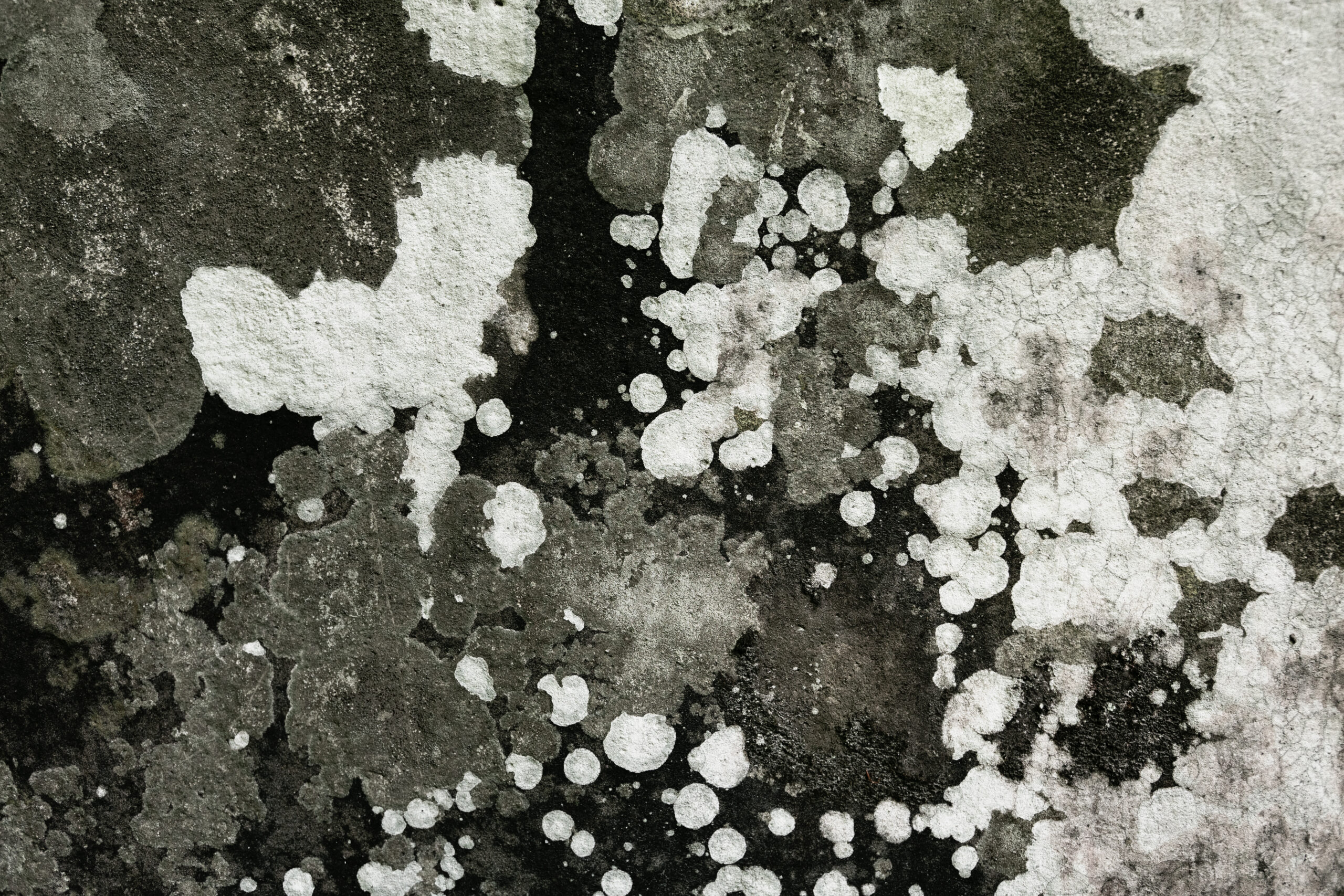
Mycotoxins![]() are fungi metabolic byproducts. They substantially threaten everybody's health, primarily transmitted via the air. These minute particles can penetrate deep into the bronchi, causing temporary and chronic food poisoning that may lead to fatality. Notably, mycotoxins exhibit high resistance to ordinary washing and thermal treatment, and their toxicity is unaffected by high temperatures.
are fungi metabolic byproducts. They substantially threaten everybody's health, primarily transmitted via the air. These minute particles can penetrate deep into the bronchi, causing temporary and chronic food poisoning that may lead to fatality. Notably, mycotoxins exhibit high resistance to ordinary washing and thermal treatment, and their toxicity is unaffected by high temperatures.
Specialists classified approximately 600 types of mycotoxins as found in four kinds of Aspergillus species, being the most dangerous and even employed as a biological weapon. Additionally, fungi of the Stachybotrys genus, commonly found in apartments, also pose a severe risk and have been demonstrated to exhibit carcinogenic, teratogenic, mutagenic, neurotoxic, and immunosuppressive effects.
The conditions![]() necessary for black mold
necessary for black mold![]() to settle and grow must exist in the house and other buildings. Belong to them:
to settle and grow must exist in the house and other buildings. Belong to them:
Mold fungi, including black mold, are common in most rooms (including residential, commercial, and industrial spaces). They develop wherever there are favorable, humid conditions for fungi development. Mold often appears in the bathroom and kitchen, basements, and abandoned and unheated buildings.
Black mold mainly inhabits wall and ceiling surfaces. It may also appear on tiles, grout, fans, air conditioning devices, and paper. It turns out that in rooms with carpets, the concentration of fungi is three times higher than in their absence.
The detrimental impact of black mold on human health can be classified into two distinct categories of reactions that they elicit upon entering the body. The first category pertains to the immune reaction, wherein mold spores or hyphae that enter the human respiratory system are perceived as foreign bodies and trigger allergic reactions similar to standard inhalation reactions. This reaction is further aggravated by an influx of mycotoxins, exacerbating inflammation and compromising the patient's overall well-being. Consequently, allergic reactions to black mold exposure may be more problematic than those caused by pollen allergies.
Signs and symptoms caused by a mold allergy![]() may include:
may include:
Mold allergy symptoms vary depending on the person and the type of mold and range from mild to severe. They are usually year-round, and the period of intensification falls on the intensive sporeling of fungi period.
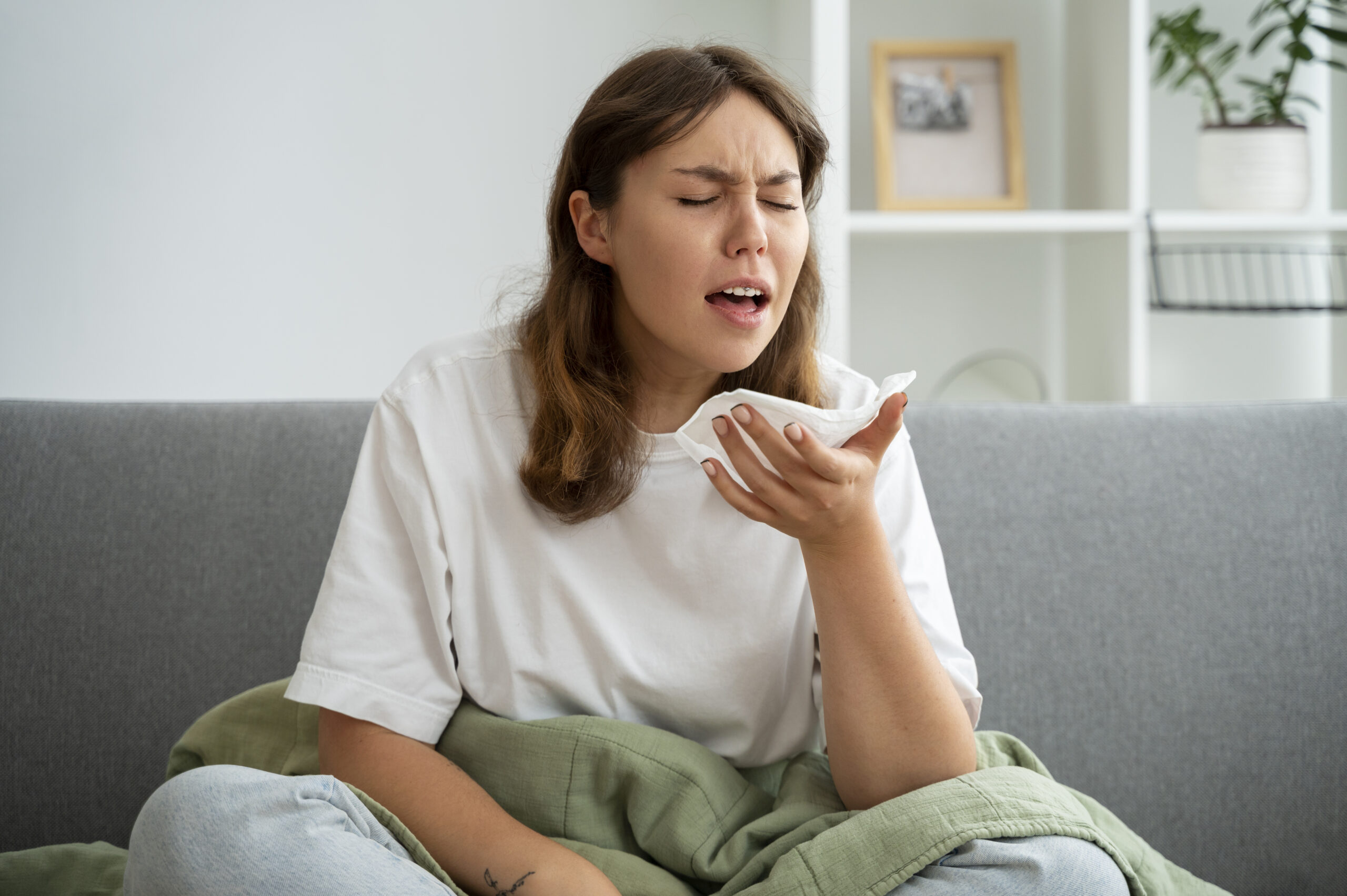
In humans, mold poisoning primarily occurs due to contaminated food consumption, both plant and animal origin. The entry of mold spores or fungus into the body triggers defensive and inflammatory responses, with the body attempting to remove foreign bodies and toxins, often resulting in vomiting and diarrhea. Symptoms of mold poisoning may also include:
Chronic mold poisoning manifests itself in the following:
The symptoms of mold poisoning are often vague and can be easily mistaken for other illnesses. Patients frequently attribute their symptoms to the consumption of spoiled food but may not suspect mold poisoning. In individuals with weakened immune systems, such as those taking certain medications, suffering from diseases, using tobacco, or consuming alcohol, these infections can lead to severe health consequences.
Individuals with pre-existing lung conditions are also at a higher risk of developing more severe complications. Notable symptoms of mold toxicity in humans include organ damage, neurological issues, and even death.
Mold allergy diagnosis![]() is common and used to test people with typical symptoms. Treatment is based on avoiding contact with allergenic fungi, using antihistamines, steroids (e.g., in the case of asthma), and, when indicated, antifungals. When allergy symptoms are very troublesome and lead, for example, to the development of severe asthma, patients may undergo desensitization
is common and used to test people with typical symptoms. Treatment is based on avoiding contact with allergenic fungi, using antihistamines, steroids (e.g., in the case of asthma), and, when indicated, antifungals. When allergy symptoms are very troublesome and lead, for example, to the development of severe asthma, patients may undergo desensitization![]() , which involves taking small doses of the allergen for a long period (sometimes even five years).
, which involves taking small doses of the allergen for a long period (sometimes even five years).
Mold poisoning is difficult to diagnose due to the lack of specific symptoms and the lack of a gold standard in diagnosing and treating these poisonings.
A visit to the doctor is necessary when symptoms related to poisoning or allergy to mushrooms are very troublesome. Antifungal treatment![]() should effectively cleanse the body of fungi. Since black molds can colonize the sinuses and cause allergies, you should consider visiting a specialist such as an allergist or otolaryngologist.
should effectively cleanse the body of fungi. Since black molds can colonize the sinuses and cause allergies, you should consider visiting a specialist such as an allergist or otolaryngologist.
In the case of symptomatic treatment, administering activated carbon is the first option that helps reduce or stop diarrhea attacks and bind and excrete toxins that have entered the body.
After poisoning with black mold toxins, which manifests as diarrhea, activated charcoal should be administered to remove toxins from the body and protect irritated mucous membranes. The next step is to visit a doctor who will determine whether hospitalization is necessary. Acute poisoning may even lead to death. Unfortunately, scientists haven't discovered effective medicine for removing toxins from the body so far. That is why prevention![]() is so necessary.
is so necessary.
Black mold is a hazard commonly found in the environment. It even floats in the air and proliferates on food left uncovered. Therefore, following the above rules is worth minimizing the risk of potentially dangerous poisoning.
Do not cut out the rotten parts of bruised fruit, and do not eat the rest. Such a fruit is fully infected with mold toxins, which may even be in the seeds. If mold is on the top of yogurt or jam, do not remove it with a spoon. Most likely, all food is infected. Not all molds are black – there are many varieties, including yellow, blue, or green. Always handle food products with clean hands. Do not put food directly on the table due to the fungal spores in the air, which may settle on the furniture. Use clean plates or cutting boards to serve and handle food.
Pay attention to the factory's suggestions concerning appropriate food storage. Products in the store refrigerator should be placed in our refrigerator immediately after purchase.
Keep the refrigerator clean and wash it occasionally because food remains and other impurities are an ideal breeding ground for fungi.
Excessive humidity in an apartment can result in the growth of black mold. Damp walls and structural components of the building and inadequate ventilation in the living spaces often cause it. As a result, mold growth tends to be more prevalent during winter months when ventilation is limited, and there is a significant disparity between indoor and outdoor temperatures.
Insufficient drying time after construction can exacerbate the issue in newly constructed buildings. Conversely, thermal insulation of exterior walls and top-floor ceilings in older buildings may be inadequate. It can lead to the condensation of water vapor within the so-called cold walls. Execution errors can also contribute to the formation of thermal bridges, where insulation against cold and moisture is insufficient. Those are near windows, doors, and at the corner of two walls or a wall and a ceiling.
Moisture can also enter an apartment via leaky roofs or cracked pipes in walls. Capillary seepage from the ground can contribute to the problem, particularly when the foundation or basement walls lack proper horizontal waterproofing. Excess moisture can be produced within the apartment itself through activities such as cooking and laundry.
It is essential to address these causes of black mold growth to ensure the health and safety of occupants. By promptly addressing humidity and moisture issues, building managers can prevent mold growth![]() and maintain a safe and healthy living environment for tenants.
and maintain a safe and healthy living environment for tenants.
As we all know, only cleaning the walls from mold is insufficient. The most significant procedure is to determine the cause of black mold appearance. The reason can be the high humidity, so focus on ventilating the rooms more often and checking the ventilation in the house. Amazing outcomes are accomplished by installing mechanical fans in the vents, which improve air circulation in the room.
If the problem is that the windows are too tight, install air vents or choose those with micro-ventilation. Also, buy a moisture absorber with replaceable inserts. Renovation of the apartment may turn out to be inevitable. Fungus efflorescence should be removed and sometimes wiped off along with the plaster, often in a radius larger than just the places where the fungus appeared. Then, paint the cleaned surface with a special fungicide. After such operations, the house should be well-ventilated. The completed plaster should be covered with paint containing fungicidal substances or hydrophobic properties that limit moisture absorption.
First, remember to maintain conditions in your home that are not conducive to mold. If the source of moisture leaks, you need to start by eliminating them. Unfortunately, removing the efflorescence alone is insufficient and will not solve our problem. First, you need to find and remove the causes of dampness. Remember that removing mold from your home is more than just aesthetic reasons. It is a matter of your and your loved ones' health.
Without efficient ventilation![]() , you can't think about fixing the problem. As a preventive measure, air the rooms in your home once a day – mold loves spaces with poor ventilation and high temperatures. Therefore, it usually appears in basements, various kitchen corners, wardrobes, etc.
, you can't think about fixing the problem. As a preventive measure, air the rooms in your home once a day – mold loves spaces with poor ventilation and high temperatures. Therefore, it usually appears in basements, various kitchen corners, wardrobes, etc.

Mold in the kitchen can also attack food. If you notice moldy food products, get rid of them immediately. Even if mold appears on only one of the products in one container, you should throw the whole thing away. It also happens that mold spores are on just purchased food. Therefore, it is worth shopping in proven places.
Regular airing is a simple way to reduce the amount of mold and dust mites. Appropriate circulation speeds up the drying process and inhibits the growth of microorganisms. Moreover, proper ventilation neutralizes unpleasant odors. Don't forget to air the mattress and bedding in the bedroom.
Don't try to hide the presence of black mold in your home by covering it with carpet or furniture. It is one of the most standard mistakes. In this way, you only create an optimal environment for its growth. Do not cover “infested” areas and ventilate them well.
Avoid hanging wet clothes and towels in your home. Wet laundry releases moisture, which favors the growth of fungi, especially if black mold has already appeared in the house.
Table of Contents
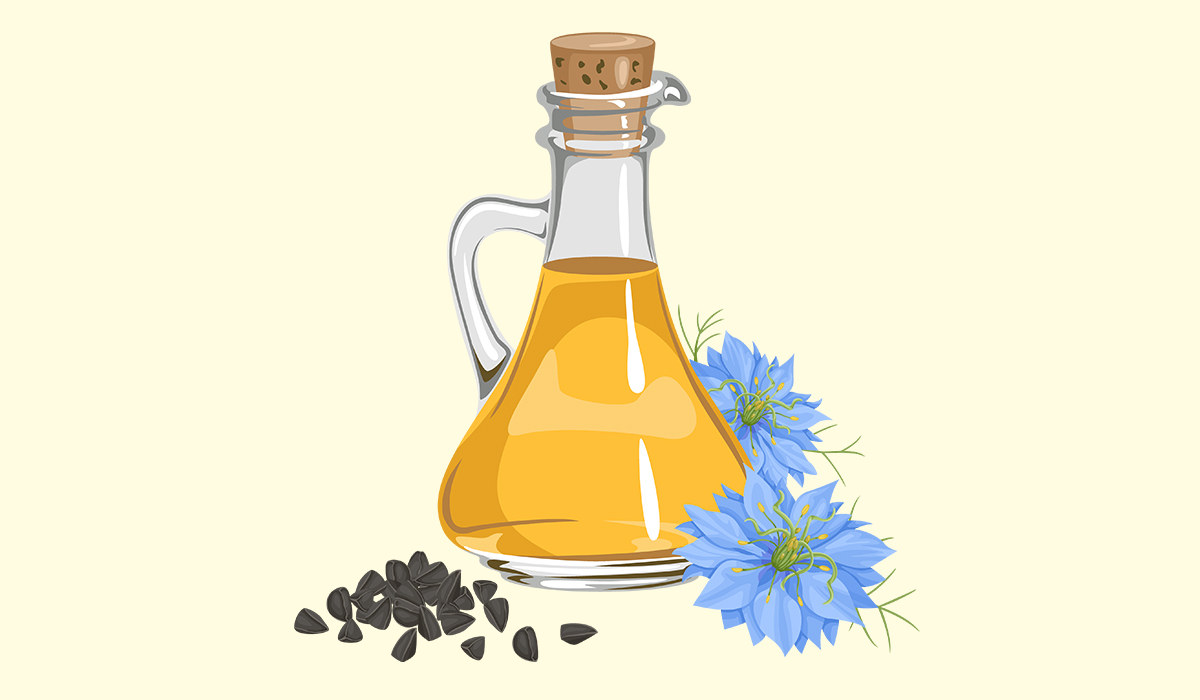
Healthier heart, lungs and kidneys. Black cumin oil is a plant product known for its many health benefits. Find out… read more »
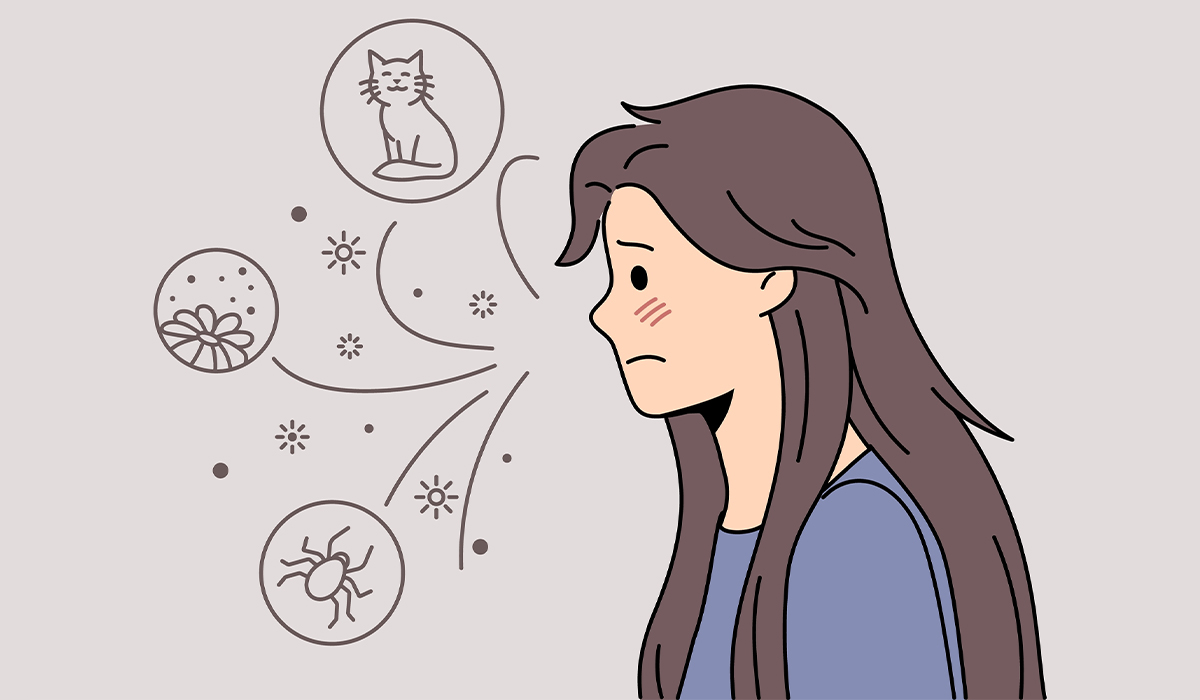
Allergies happen when the immune system starts a reaction against certain substances, such as pollens, pet fur, food, or medication.… read more »
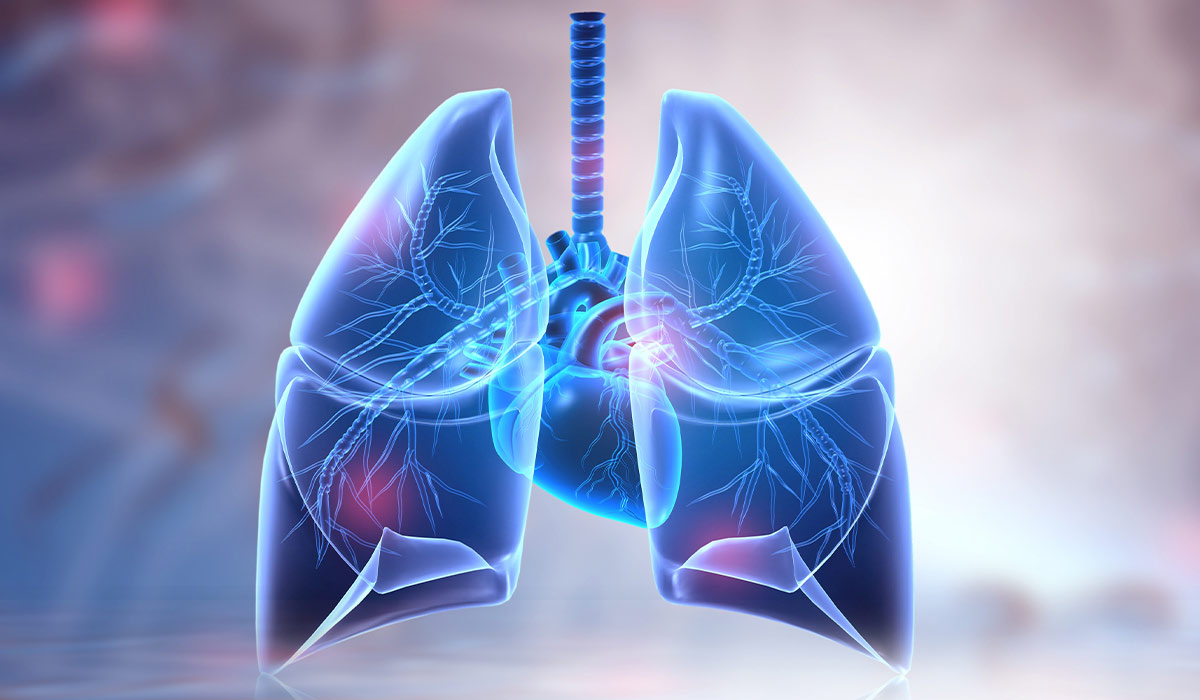
Hypercapnia is a condition in which the partial pressure of carbon dioxide in our blood is increased. This can be… read more »
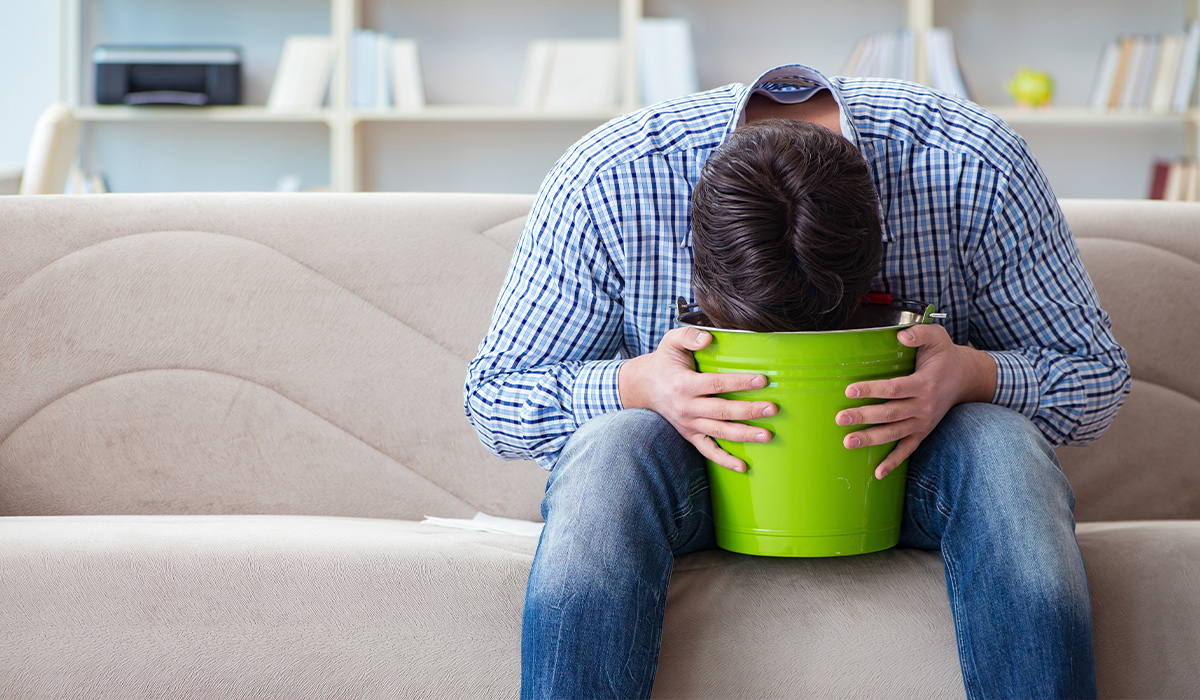
If food is spoiled, undercooked, or contains certain types of bacteria, toxins, or other harmful substances, it may cause food… read more »
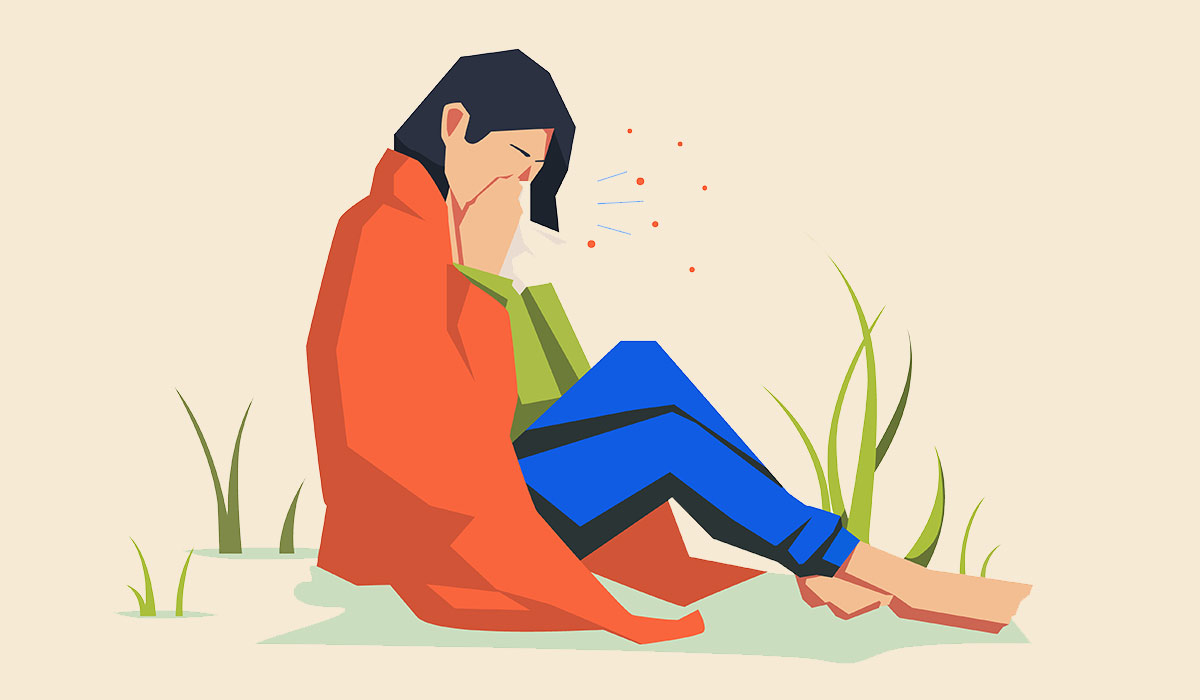
Hay fever is one of the symptoms of allergies. It may appear immediately after contact with the allergen or after… read more »
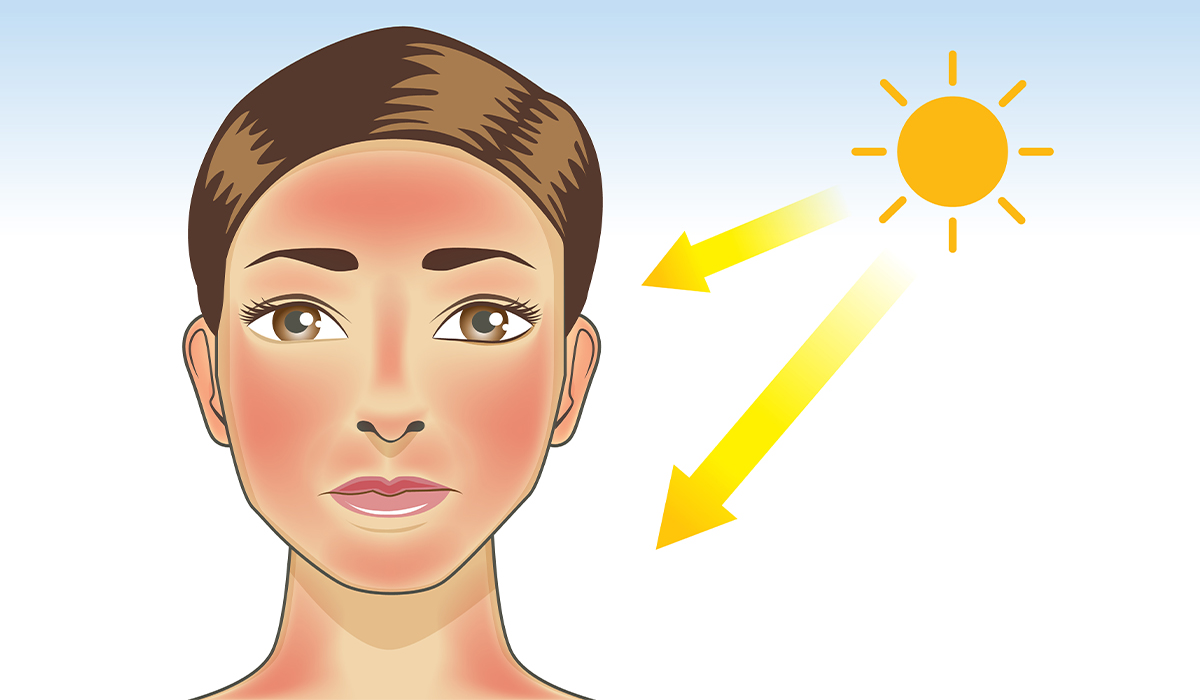
Sun Poisoning is a more severe form of sunburn. Additional distressing symptoms may occur. Learn about the effects of sun… read more »

The Black Death is the name given to the plague epidemic. Today, the disease is less of a threat, but… read more »

Pneumothorax is a condition that develops as a result of air entering the pleural cavity. What are the causes and… read more »

Even though the name suggests otherwise, ringworm is not a worm but an infection of fungal origin. A characteristic symptom… read more »